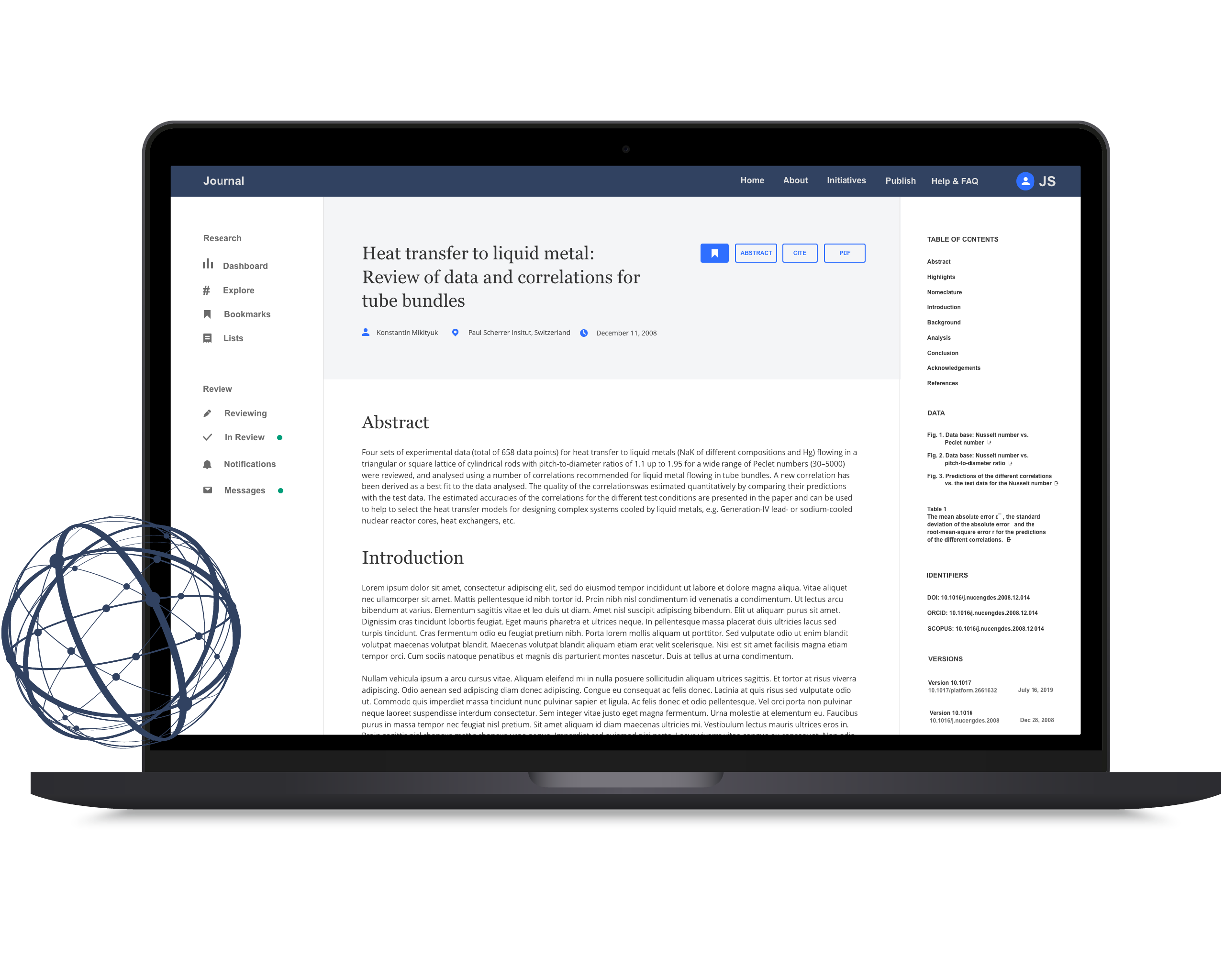Backstory
The Slow Pace of Academic Publishing
The academic publishing industry is highly competitive, with scholars vying for a limited number of spots in prestigious journals across various fields. Academic journals have long served as a primary source of discovery in the “publish or perish” culture.
However, published work is predominantly available through institutional access, leaving those without such access with limited options for obtaining critical research. Additionally, much valuable academic work goes unpublished, further limiting its reach.
We set out to find ways to increase accessibility and make academic research more widely available.
Key Insight
The Backlog of Academic Publishing
Many prominent journals accept fewer than 10% of the papers submitted. A major challenge in academic publishing is the backlog of submissions, which exists for various reasons. These backlogs often serve to maintain journal prestige through a supply-and-demand model, with constantly evolving publishing standards setting higher bars for acceptance.
Strategy & Approach
Exploring Discovery Through Open Access Frameworks
We recognized the value in publishing complete bodies of work—articles, essays, notes, images, graphs, and lectures—rather than limiting content to individual pieces. Once, academic notes were routinely published in journals, and we believe there is an opportunity to bring this back in a more dynamic way.
Our team developed interactive design prototypes to test and explore different functionalities. We engaged with editors, academic leaders, engineers, and scholars to understand publishing objectives and how technology could help achieve these goals.
Core capabilities:
- Intuitive User Interface: A streamlined, user-friendly design.
- Semantic Search Engine: Enhancing discoverability and relevance.
- Hierarchical Linking of Works: Connecting articles, essays, and other content in a meaningful way.
- Seamless Paper Upload & Metadata Integrations: Enabling easy paper submission and metadata collection.
- Organizing Papers by Category: Improving categorization and retrieval.
Key Insight
Survivorship Bias In Academic Publishing
What if the answers to the world’s most pressing questions in science and academia did not only reside in published journals but also in unpublished works? Survivorship bias in publishing refers to the error of focusing only on the works that have been published, while overlooking the valuable contributions that remain unpublished.
We considered how contemporary journals influence the scientific truths of our era and sought to challenge this bias.
How contemporary journals affects the scientific truths of our eraOutcome
A Technological Solution for Open Access Publishing
After several iterations of UI/UX design, we discovered that users preferred a minimalist approach, such as uploading documents directly rather than typing them into a native editor.
In response to the growing need for open access publishing, we focused on creating a technological approach that best serves these objectives. By refining the underlying technology, we were able to provide a more efficient and accessible platform for academic publishing, paving the way for future innovation in the field.
